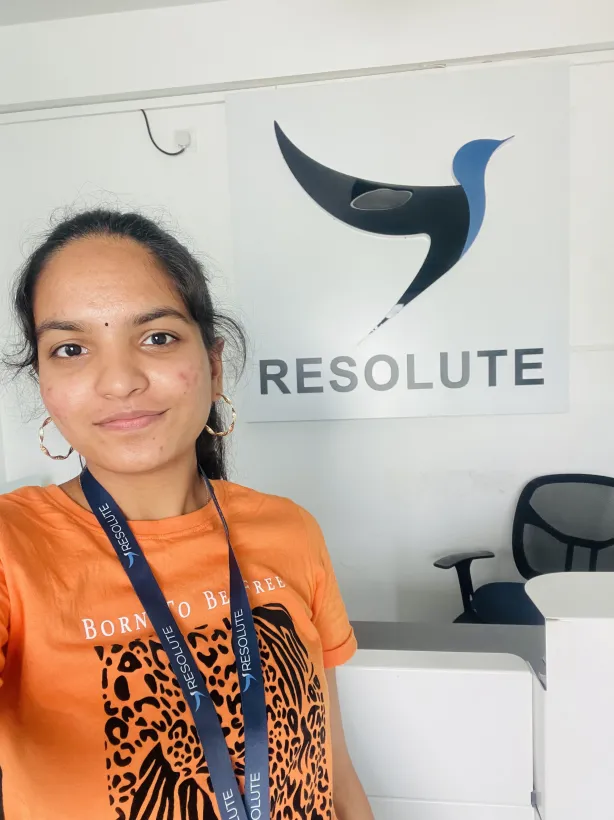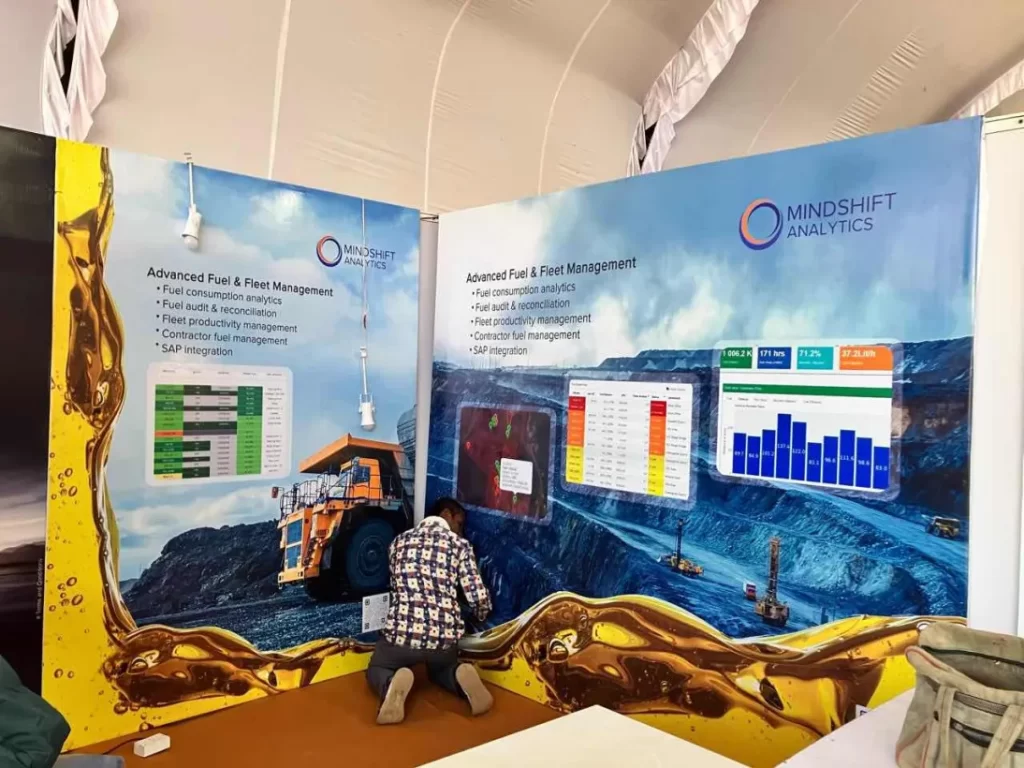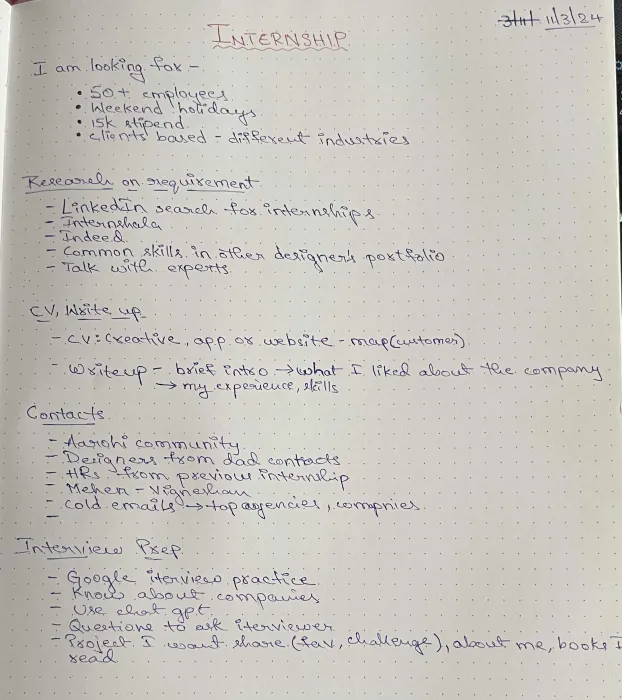The ability to learn how to learn will shape employability in a professional setup. Only job-specific skills are not sufficient to have constant employment. Aarohi Coversity is shaping youth to create a bigger surface area of employability.
The Indian education system traditionally emphasizes immediate enrollment in a college graduation course following school completion. This pressure intensifies for students unsure of pursuing specific professional paths like law, medicine, or engineering. The rationale behind this emphasis is the perception of a college degree as a prerequisite for future careers.

However, some other countries demonstrate a contrasting approach with the concept of a “gap year” after secondary education. This interim period allows students to explore various avenues, including travel, short interest-based courses, entrepreneurial ventures, or job training. Such experiences foster self-discovery and inform future academic pursuits aligned with personal interests. Students or parents don’t feel the rush to enroll in college to gain a professional degree.
The disruptive influence of artificial intelligence and other technological advancements forces us to re-evaluate the traditional approach to education. The future workforce will require adaptability and a willingness to learn and unlearn continuously. The most valuable skill in this context is the ability to acquire new knowledge independently and adapt to changing circumstances.
This ability to “learn how to learn” translates directly to employability. Employability skills are fundamental attributes that enable individuals to thrive in professional environments. Job-specific skills are important for daily tasks within a particular role and have a shorter shelf life. Employability skills, however, transcend specific roles and create a broader landscape for professional growth.

Traditionally, individuals spend a significant number of working years within a single job category or organization. The career paths are largely dictated by available employment options. However, the current landscape encourages the exploration of multiple career streams. With the diminishing lifespan of job-specific skills, continuous upskilling and development of new competencies become crucial for maintaining employability. Degrees, once considered a foundation for career advancement, struggle to keep pace with the need for continuous learning and skill development. To remain employable, individuals need to actively expand their “employability surface area.”
Unfortunately, the current college system in India is often the extension of secondary education, focusing on specific subjects rather than fostering employability skills. Lack of guidance and support systems hinder students from exploring options aligned with their interests. College selection is frequently based on factors such as 12th-grade marks, college seat availability, or peer pressure, rather than a well-defined career path.
True learning often occurs through real-world experience within an industry. While degrees may provide entry-level qualifications, it is practical work experience that offers deeper subject knowledge and professional development. For non-technical professions, hiring decisions often prioritize personal traits and attitudes over knowledge acquired solely through college coursework. Previously, job-specific skills were sufficient for securing employment. Today, the emphasis is on learning agility and adaptation, skills that are highly sought-after in the contemporary job market. The dynamics of career planning have shifted from employer-defined paths to an individual-driven approach. Individuals now have the autonomy to shape their career journeys based on personal interests and skills, potentially pursuing multiple careers over time.
Sriya Vengala exemplifies this shift in approach. Following her schooling, Sriya, passionate about design and aspiring to become a design professional, explored various college options. This process, however, led to confusion due to the sheer number of design specializations, a field she was unfamiliar with. Sriya hoped that enrolling in a prestigious college would provide clarity. She could not make up her mind about which college to join. Exorbitantly high fees also posed a challenge. It was at this juncture that Sriya discovered Aarohi Coversity.

Through thorough exploration of Aarohi Coversity’s programs and extensive discussions with Coversity guides, family, and friends. Sriya identified the following advantages and disadvantages with Coversity:
Advantages:
- Freedom to explore diverse areas of interest
- Individualized learning approach
- Exposure to industry practices alongside theoretical learning
- Supportive network of peers, guides, and mentors
Disadvantage:
- Lack of traditional certification
While the absence of a traditional certificate initially caused concern, Sriya was reassured upon learning about the value of a portfolio. She recognized that a portfolio showcasing her work and skills could present a more authentic representation of her capabilities than a degree. Ultimately, Sriya made an informed decision to join Coversity for a year-long program.
Nearly a year into her Coversity experience, Sriya has:
- Gained exposure to different design streams, ultimately developing a strong interest in UX/UI design.
- Developed skills for working both independently and collaboratively.
- Gained industry experience through internships.
- Honed additional skills alongside her core design expertise.
- Built confidence in her ability to learn independently using various resources and tools.
In her own words, Sriya highlights the most valuable skill she acquired at Coversity: “the ability to learn how to learn.”

While a degree may have initially qualified Sriya for employment, her evolving portfolio is actively shaping long-term career paths and broadening her employability. She has the confidence to delve into multiple work streams. Her decision to treat her Coversity time as a gap year has been rewarding till now. Whatever is stored in the future, she is prepared to face the things as they come.
